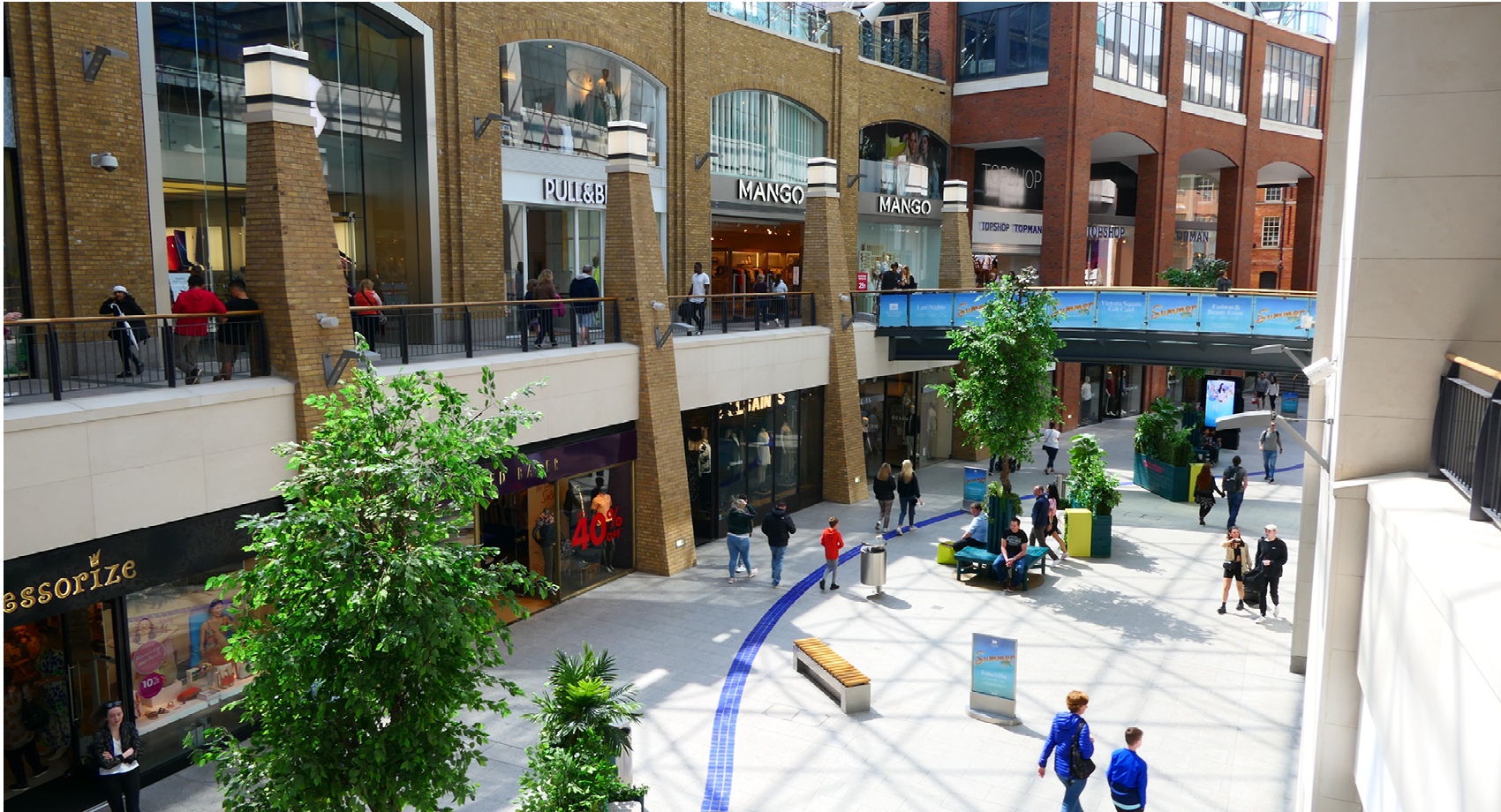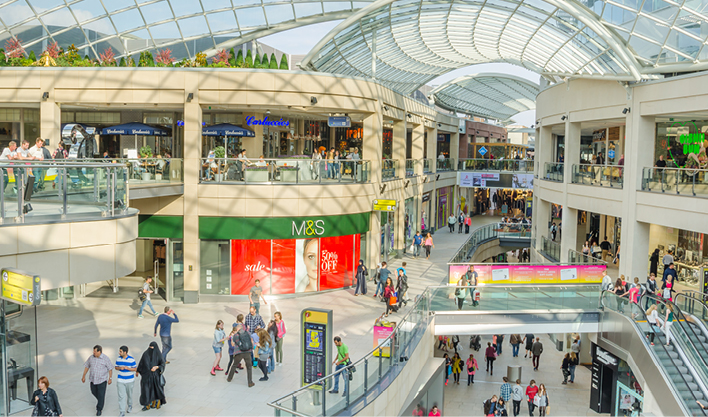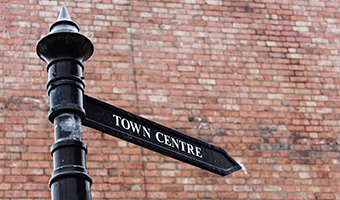The world of shopping centres has been on quite the rollercoaster ride since the first popular boom of the 1970s across the UK.
Birmingham’s infamous Bull Ring (the first iteration) opened its doors on the 29th of May 1964, attracting considerable crowds and publicity, boasting 140 retail units, market stalls, cafes, restaurants and even a ballroom. The Bullring was the UK’s first-ever shopping centre, following the success of the shopping mall in North America.
Fast forward to the early 2000s, shopping centres became a prize purchase pursued by all types of investors, with the help of funding from the banks, we saw NI-based investors achieve this aspiration both locally and across the UK. Throughout this time, rental income for most schemes increased considerably.
The global financial crash of 2008 had a huge impact across all property sectors but nowhere was it felt more sharply than the shopping centre market. Overnight, the rental & capital value and liquidity of the most popular of trophy assets plummeted, even some of the shrewdest of investors were caught-out and decided to sell, or circumstances forced it.
Online retail was also hugely impacted by the crash but with lower costs and consumer habits already trending towards all things digital, the sector was much better positioned for recovery and able to pick up its previous trajectory as high street retail faltered.
In the intervening years, shopping centre values continued to fall, and we got to a point where buyers re-entered the market. Rockspring’s purchase of Fairhill in Ballymena for £55m in 2015 and Tristan Capital’s acquisition of Bloomfield in Bangor for £54m was perceived as discounted purchases at the time.
Institutional investors have, over the last number of years, been keen to get shopping centres off their books, but no one could have envisaged that values would continue to plummet. Fairhill recently sold for £6.4m to propco Magell, led by local investor Ryan Walker and Bloomfield has gone on the market at a rebased value of £22m.
I was flicking through some of our press cuttings from the 1990s recently and was struck by coverage of the sale of Bloomfield in 1994 for a not too dissimilar price of £19.5m!
It is interesting that after a period when institutions primarily led shopping centre deals, we are now seeing local investors re-enter the fold – the recent acquisitions of Foyleside in Derry by a consortium of local investors for £27m and Belfast’s Forestside for £42m by Michael Herbert’s (Herbert Property) perhaps the most prominent examples.
The question being asked in the market is whether these experienced investors think the market has bottomed-out and it makes sense to purchase at current values? Do they believe that the huge rebasing in value has run its course and it’s again a good time to own a shopping centre?
With those investors including experienced property and retail experts, I believe that confidence will increase in the market that the tide has turned.
Of course, while the aforementioned schemes are performing well, some other shopping centres are still struggling and unsure of what the future holds for them. Location still remains a key factor, with town centre schemes undoubtedly more challenging than out of town and edge of town schemes.
But what we’re seeing from those who are succeeding is a need to go the extra mile to attract shoppers in. That might mean physical investment and refurbishment, attracting new tenants / brands, clever marketing or bringing in other attractions to improve the customer experience. For example, we’ve seen the new owners at Rushmere in Craigavon (acquired for £46.5m in May) bringing in live music and introducing Zumba classes in the mall to give people more reasons to come to the centre.
What people want from a shopping centre continues to evolve. The decline in department stores has been well documented and income from fashion and food & beverage tenants haven’t returned to previous peaks. But there is increased interest from shoppers in leisure offerings that offer a different experience.
The benefit of lower purchase prices is that it is leaving landlords with funds to repurpose and reimagine space, diversifying the use to fulfil leisure needs – something that’s evident in Castlecourt replacing former retail space with a cinema to increase its family entertainment appeal.
Most of us shop online but it is also interesting to note that following a spike during the pandemic (for obvious reasons) online retail sales have mostly returned to trend over the past year or so. The economic impact of Covid-19 and inflation means customers are also savvier, resulting in a definite trend towards shoppers researching online and purchasing in a physical store.
Footfall figures at the major schemes in Northern Ireland similarly suggest people have returned to shopping in real life. Springboard, the leading provider of retail performance insights, reported in September 2023 that footfall in NI shopping centres was 4.2% above the same period of 2022. For comparison, and excluding the pandemic affected periods, footfall in our regional shopping centres was down 4.7% in 2019 compared with 2018.
Investors have recognised that shopping centres do indeed have a future, and the trends indicated by the footfall numbers appear to back that up. But it’s also clear that much more effort is now required to attract people in and make schemes work than in the early days of “the mall”.
Get in touch

Email me direct
To:
REGISTER FOR UPDATES
Get the latest insight, event invites and commercial properties by email







